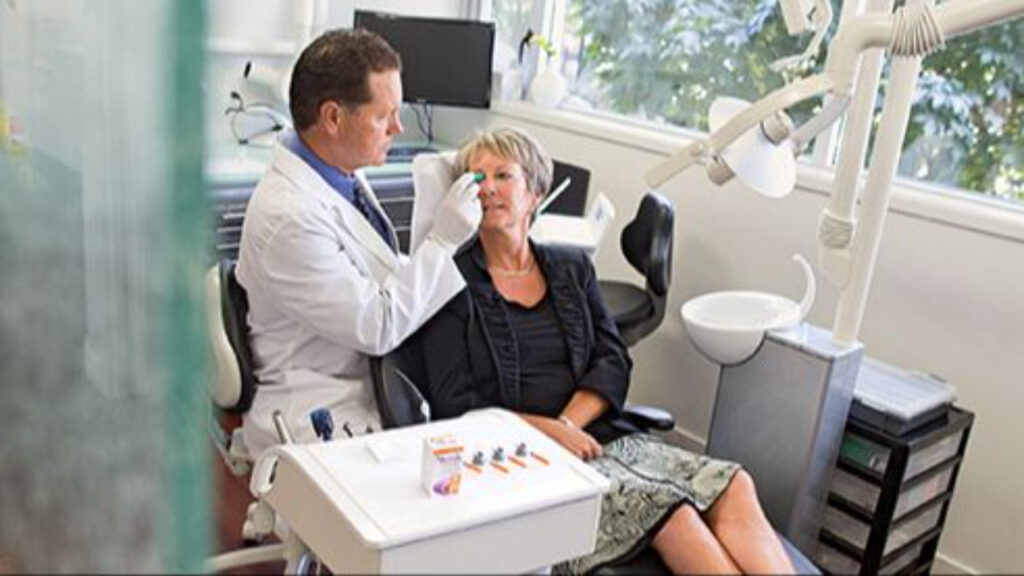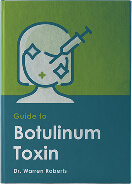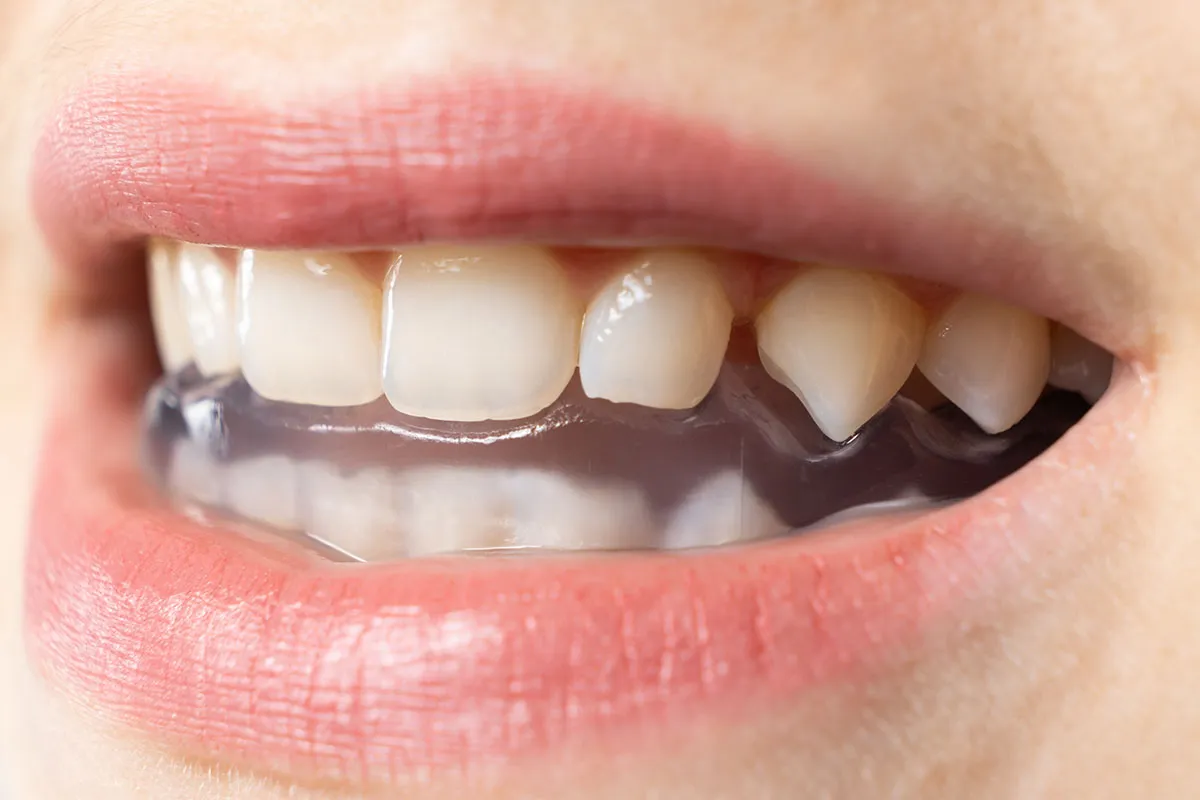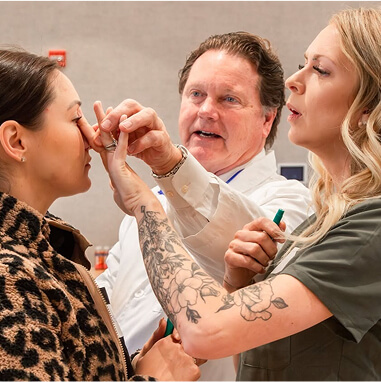Have you ever wondered is there a place for Botox (botulinum toxin, BoNT-A) in dentistry? Can botulinum toxin really be used other than for treating the signs of aging and wrinkles?
Some dental boards across North America have issued statements stating, “Facial Injections to Reduce Signs of Aging are Not the Practice of Dentistry”. While this statement may indeed be true, there are significant applications for botulinum toxin’s therapeutic effects well within the scope of dental practice. Many regulatory colleges and state boards are aware only of the cosmetic uses for botulinum toxin. However treatment of bruxism, parafunctional habits, TMD and associated headaches, relaxation of muscle pulls that contribute to gingival recession and implant failure and differential diagnosis of nonspecific pain in endodontics are some of the dental areas where the therapeutic use of botulinum toxin is indicated. Because therapeutic treatment can have associated cosmetic side effects, it is imperative the injector has an extensive understanding of anatomy to ensure the therapeutic goals are achieved and the cosmetic side effects (if any) are positive.
Botox in Dentistry: How is Botox Used Therapeutically
A comprehensive dental examination and any necessary records coupled with the patient’s treatment goals should lead to a comprehensive treatment plan. It is at this point that the use of therapeutic botulinum toxin should be considered as a treatment option and included as appropriate.
Example #1:
During the comprehensive exam accurate palpation of the temporalis and masseter muscles elicits tenderness, wear is observed on certain teeth and the patient complains of a sore jaw. The subsequent treatment plan may include a splint of some type and bite adjustment depending on your particular occlusal philosophy. It can be difficult to properly obtain accurate occlusal records or provide bite adjustment when muscles are in spasm. Botulinum toxin can be used first to relax the offending muscles, providing significant pain relief on its own and allowing traditional treatment to be undertaken with more predictable success. Often the neuromodulator along with a splint will conservatively and non-invasively eliminate the need to alter the bite irreversibly.
Example #2:
During the comprehensive examination it is noticed that certain mandibular teeth exhibit significant gingival recession. This recession is particularly apparent on the lower right canine and premolars. As part of the record taking process, facial photographs have been obtained that show the patient’s lower face and neck in muscular activation. It can be seen that there is a very strong platysma muscle band in activation on the right side but not on the left. This large and strong muscle, along with other muscles of the lower face and neck, inserts into the vestibule of the lower jaw and can exert significant muscular pull on the gingival attachments in the area. If the tissue is somewhat thin already, this pull can contribute to gingival recession.
The subsequent treatment plan, may include botulinum toxin injections to relax the offending muscles as well as bite adjustment to eliminate interferences and possibly some type of surgical grafting, Again the neuromodulator is used non-invasively as another “tool in the tool belt” to enhance the level of patient care.
Example#3:
During the comprehensive examination several teeth are noted as missing. The upper left first molar and lower left central and lateral incisors are missing. The patient has expressed an interest in having implants to replace the missing teeth. The muscular origin and muscular pull around the missing teeth and how these muscles may affect the subsequent implants must be considered. The treatment plan may include BoNT-A injections into buccinator and the levators in proximity to the first molar and into mentalis near the lower incisors two weeks prior to implant placement. Studies have shown that relaxing the muscles prior to implant placement increases implant success by increasing angiogenisis and osseo-integration.
Botox in Dentistry: Therapeutic Uses for Improved Patient Care
From these examples it should be clear that the medication botulinum toxin should be considered within the scope of dental practice. However, successful patient outcomes require extensive anatomical knowledge and meticulous technique. The drug can produce cosmetic side effects, both positive and negative. Consider the patient outcome if the injector is inadequately trained. Facial droops, eyelid ptosis, malpositioned lips, dysphagia could all be adverse sequelae if adequate training is not undertaken. However, as with any other aspect of dentistry proper training produces safe and predictable results.
To learn more, Drs. Roberts have written the numerous articles that further discuss the uses of botulinum toxin in dentistry. We recommend you start off with the following:
- Botulinum Toxin: Not Just a Pretty Face
- Botox with Implants
- Is There a Place for Botox in Dentistry?
To learn how you can integrate botulinum toxin into your practice, start learning today with the online Level 1 – Advanced Anatomy course (20 CE).







